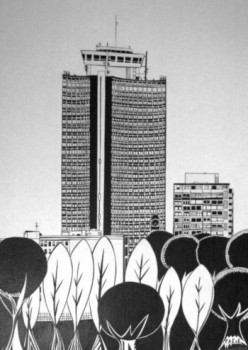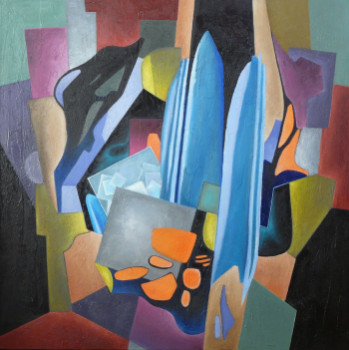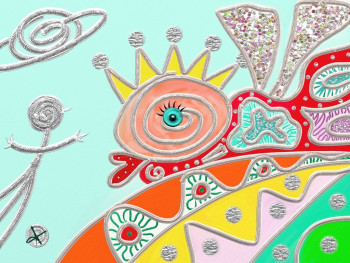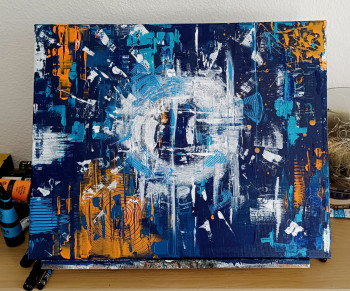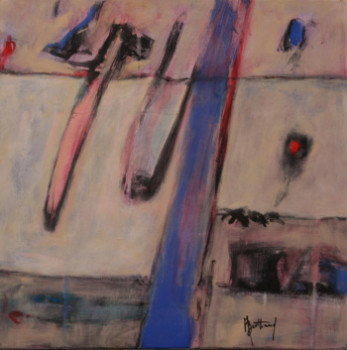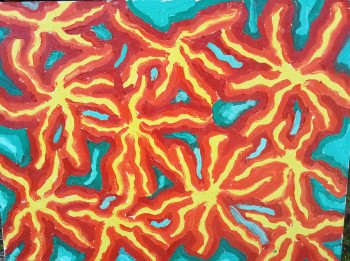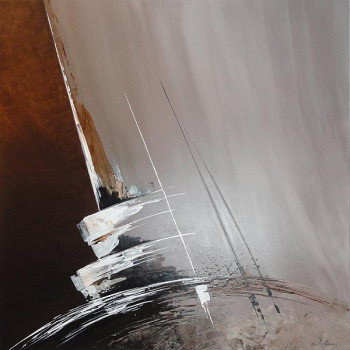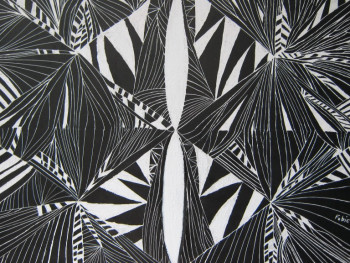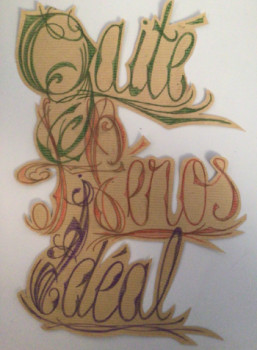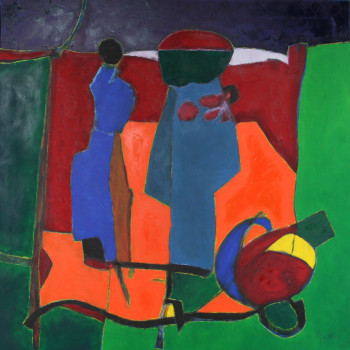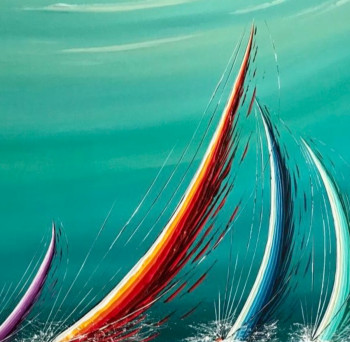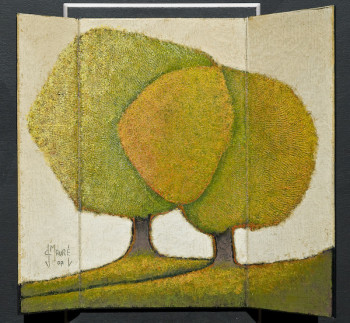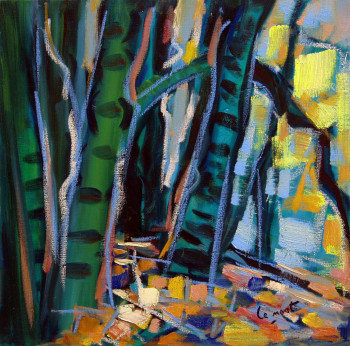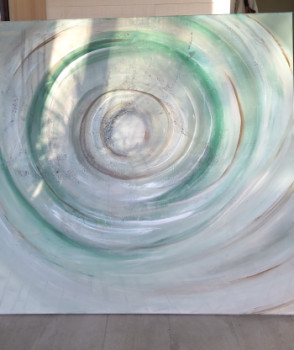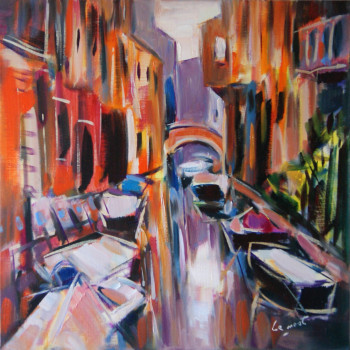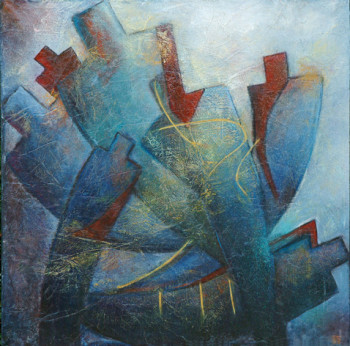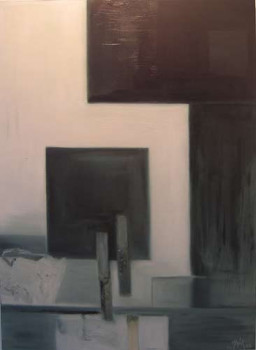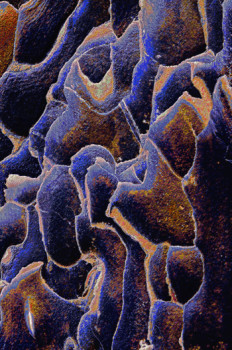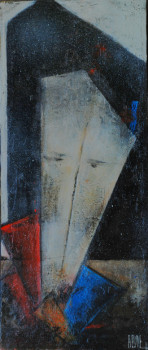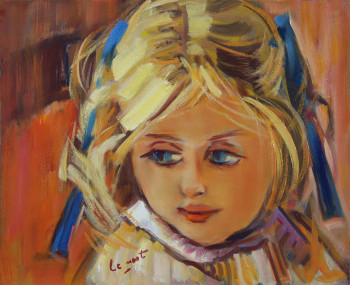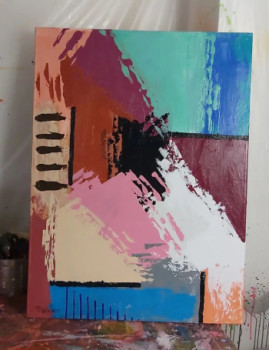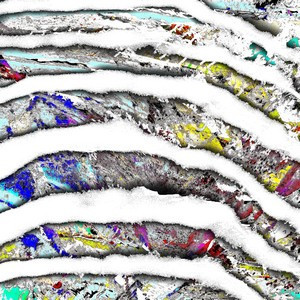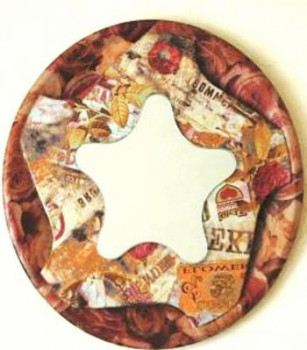
Robert Delauney or innovation in painting
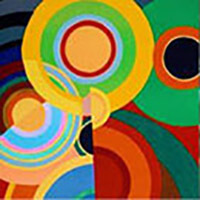
His story in brief
20th century painter, Robert Delaunay began painting. started painting at a very young age and was sent back to work. from his school to because of his passion for art. This did not discourage the painter, on the contrary, he began from that moment to explore his work. working on his career as a painter, through the Atelier Ronsin and the Beaux-Arts de Paris.
Help of his wife, Robert Delaunay ended up creating two movements that continue to inspire painters: orphism and simultaneism .
In his works, it is common to find the urban landscape and technology, interpreted in a different way. the cubist and abstract way and always in warm and attractive colors. He also said: « In this movement of colors, I find the essence, which does not result from a system, or an a priori theory.
The person's journey
Robert Delaunay was born; on April 12, 1885 at Paris, the city where lies the monument that inspired many of his works:the Eiffel Tower. His childhood was marked by the divorce of his parents when he was 9 years old. Between his father whom he never managed to get to; to locate precisely, and his mother who preferred to travel rather than take care of him, he was raised by a sister of her and her husband.
He therefore had an education in the French bourgeois environment. It didn't fit with his nature. Indeed, among his uncle's friends, contemporary art was the object of mockery and not admiration. But the courageous boy did not hesitate to take action. defend artists in the face of these men.
During his adolescence, school hardly interested him. In class, he spent his time at school. paint and paint draw. This led to him being sent back. for laziness and he began to work on his vocation as a painter.
In 1909, he met Sonia Terk, then married to William Uhde. Sonia and Robert became lovers in April 1909 and she divorced William the same year. Sonia and Robert Delaunay married on November 18, 1909 and a son was born from their union on January 18, 1910. After a full life, Robert Delaunay died in 1941, at the age of 56, following cancer.
His entry into the world of art
His passion for painting was revealed very early, as was his career as a painter. Following; After his dismissal from school for laziness, he was nevertheless sent to prison. l’Atelier de Ronsin where he mainly learned theatrical scenography. It was only afterwards that he studied at the Beaux-Arts in Paris. Robert Delaunay first worked on in a theater decor workshop before truly beginning his career as a painter.
Robert Delaunay's early works are influenced by Impressionism and Cubism. Paul Cézanne was a sort of mentor for him in the exploration of volume and color.
During his life as an artist, he created he painted the sets for the Russian ballets, painted the frescoes for the international exhibition of decorative arts , or the railway and aviation pavilions in Paris. the international exhibition of arts and techniques in modern life in Paris. His latest works include decorations for the sculpture room of the Salon des Tuileries.
His life as a painter
The main theme studied by Robert Delaunay in his works is the city and its modernity. He thus distinguishes himself from other painters of his time such as Picasso, Braque or Gris, by this particular theme, in addition to technology. The latter, in fact, were more inclined to painting still lifes.
Moreover, the first modern monument which fascinated the painter and inspired by A large number of his works was the Eiffel Tower, which he discovered on the spot. at the age of 4, when his parents took him to a school. the Paris Universal Exhibition.
In 1909, he even produced a series of paintings called The Eiffel Tower. In 1912, his works took a considerable turn, when he began to paint. be interested in abstract art. The "Windows and Circular Shapes" series have marked this turning point where Delaunay used increasingly pure and warm colors for his paintings.
From a general point of view, the particularity of One of Delaunay's works lies in the fact that he plays with depth, tones and points of view.
Delaunay was one of the most influential artists of his time, to the point that Apollinaire said of him: « There are new trends in modern painting; The most important seem to me to be, on the one hand, the Cubism of Picasso, and on the other hand, the Orphism of Delaunay.
Movements resulting from his passion
Robert Delaunay and his wife created two artistic movements: Orphism and simultanism.
Orphism stems from Delaunay's interest in abstraction. It is a branch of Cubism and constitutes an important avant-garde movement of the 20th century. Orphism combines geometry and colors, it is a kind of fusion between cubism and abstraction. At the time of the creation of this movement, Robert Delaunay was passionate about discs and circular shapes.
As for Simultaneism, it aims to find pictorial harmony by arranging colors simultaneously. It is distinguished by the essential role it gives to light. This movement considers, in fact, that light is the original creative principle.
His works
The Eiffel Tower, painted by Robert Delaunay in 1926, is an illustration of the artist's Cubist-inspired works. It represents the Eiffel Tower in a very colorful way, with dominant warm colors. Through this painting, the artist had expressed his resistance to other artists who wanted to see the Tower disappear.
Rhythm N°1 is among one of Delaunay's greatest paintings. Exposure at the Museum of Modern Art in Paris, this painting was described by Delaunay himself as: « solar fireworks, hatching, fire, evolution of planes. The engine in the table. Solar force and earth force. For the painter, it represents the movement of the planets, but also that of man's inventions.
Découvrez quelques oeuvres inspirées de Delaunay

